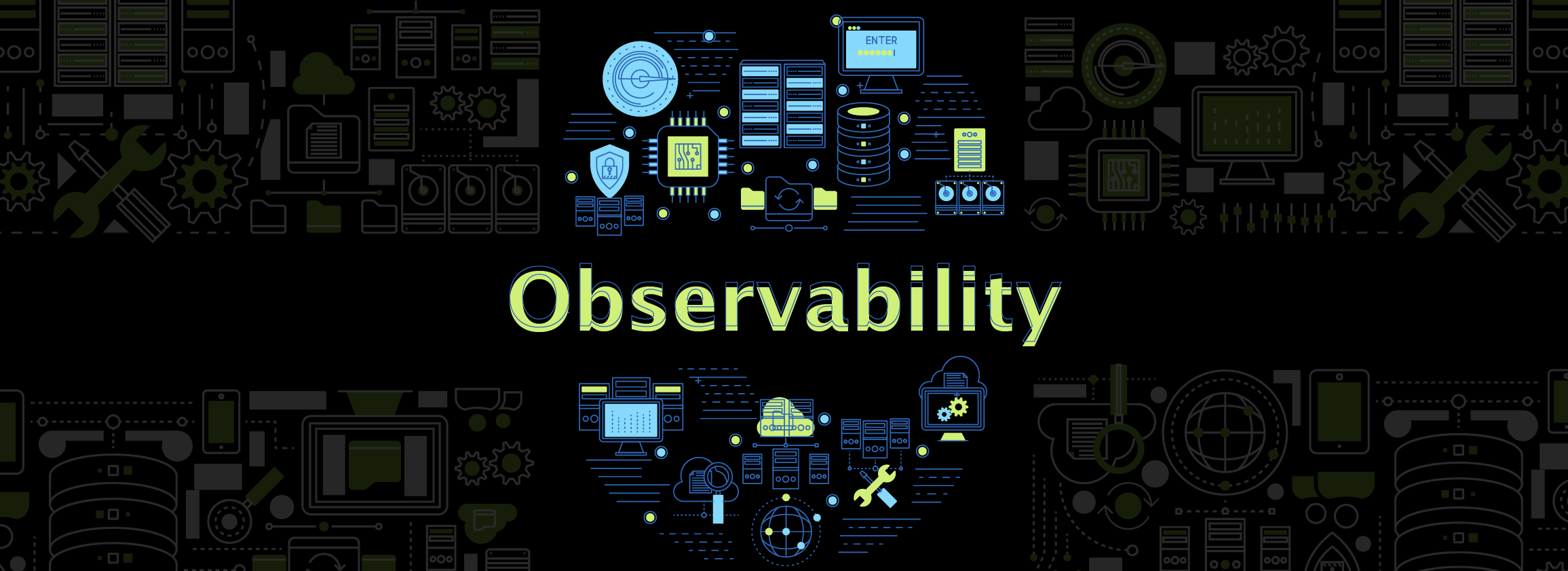What is observability? Discerning myths from facts

Microservices and distributed architectures have become the norm for building modern day applications. While the cloud has made it easier to deploy and scale microservices, it has opened up a complex set of problems for DevOps by virtue of the sheer volume of interactions between those services.
Tracing an error across a microservice architecture is a huge challenge, and without proper insight, more time will be required to resolve issues, leading to an increased Mean Time To Resolve (MTTR) in business-critical situations for DevOps and site reliability engineers (SREs).
This is where observability plays a crucial role. As applications become more complex, it's essential to make them observable, because you can only analyze, monitor, and optimize your system when you know how it behaves.
This blog discusses observability, the common myths, and the facts that disprove them.
3 pillars of observability
How do you define observability? If at any given time, you can assess your system's state, health, and behavior, then your system is observable. You should also be able to trace the root cause of a problem or unearth problems that otherwise go unnoticed.
Correlating data from metrics, logs, and traces shows a holistic picture of your environment. This is why metrics, logs, and traces are considered the three pillars of observability.
Myths and facts about observability
As the term "observability" gains traction, there have been a few misconceptions surrounding it. Below, we'll discuss some of the common myths along with the actual facts proving them wrong.
- Myth: Monitoring and observability are two independent subjects.
- Fact: Monitoring and observability go hand in hand. In fact, observability is a superset of testing and monitoring. A system becomes observable by gaining visibility through data/metrics from monitoring tools. And the more observable your system is, the more granular and efficient your monitoring will be.
- Myth: Observability is only for tech giants.
- Fact: Irrespective of the size and scale of your organization, if your application performance affects your business bottom line, then you need to invest in making your systems observable. While the concept of observability was initiated by tech giants, it has become a topic of interest among businesses of all sizes due to the increase in the adoption of cloud technologies and the complexities associated with it. You don't need to be a large enterprise to implement observability in your systems. Even if your application is simple, it is imperative to ensure your systems are observable.
- Myth: Observability is the final piece of the puzzle to solving all your performance problems.
- Fact: No, it's not. In fact, making your systems observable is only the starting point. It doesn't mean that once you have achieved observability, the rest will take care of itself. By making your systems more observable, you open the window to identify the nitty-gritty details of your application behavior that otherwise go unnoticed. It also enables you to implement shift-left principles in your DevOps cycle.
Achieving observability
- Assess the needs and requirements of your system before you invest. Define the key performance indicators of your application performance, and begin your observability journey from there. Tweak your key performance indicators (KPIs) as you scale.
- Define benchmarks for your KPIs, and establish remedial actions to take place when they are breached.
- Identify, capture, and consolidate logs from various services that affect your key performance indicators. Define rules for filtering through these logs, and detect anomalous patterns.
Check out this guide detailing how to achieve observability in your systems. You can read through it for an in-depth analysis.
Site24x7 is an all-in-one monitoring tool that helps DevOps and IT teams manage their infrastructure, networks, application performance, and end-user experience. With Site24x7, you can monitor your logs, metrics, and traces in a single-pane view instead of across silos. Sign up for a free trial now.